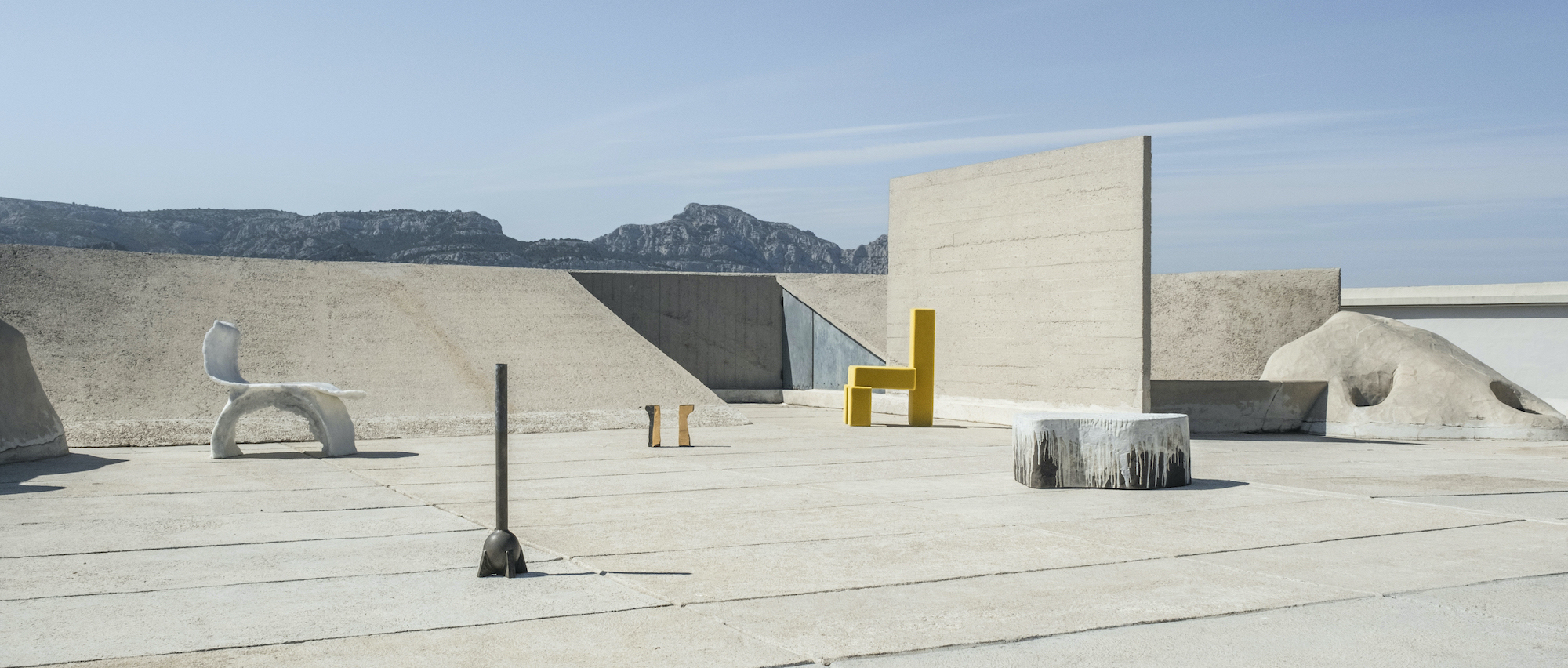Galerie Philia rose to prominence in the design world with a distinctive vision for creative togetherness – and a rapid expansion from Geneva to New York, Mexico City, and Singapore. Co-founder Ygaël Attali shares the gallery’s journey and why he believes creativity is more than a solo pursuit.
The idea of the lone creative genius is a pervasive one in popular culture – but there is little doubt that creativity flourishes when nurtured within a community. It was this sense of artistic togetherness that brothers Ygaël and Yaïr Attali wanted to foster when they founded Galerie Philia in Geneva in 2015. In less than a decade, the duo have expanded to New York, Mexico City, and Singapore, and today they represent an exceptionally diverse collection of artists, from emerging talents to the likes of Rick Owens and Studiopepe. Along the way, the siblings have also launched a series of residencies driven by their founding mission to foster fellowship.
“My brother and I share a passion for art and design,” reveals Ygaël. “We were collecting artwork together and when we had the opportunity to create Galerie Philia we started it very spontaneously.”
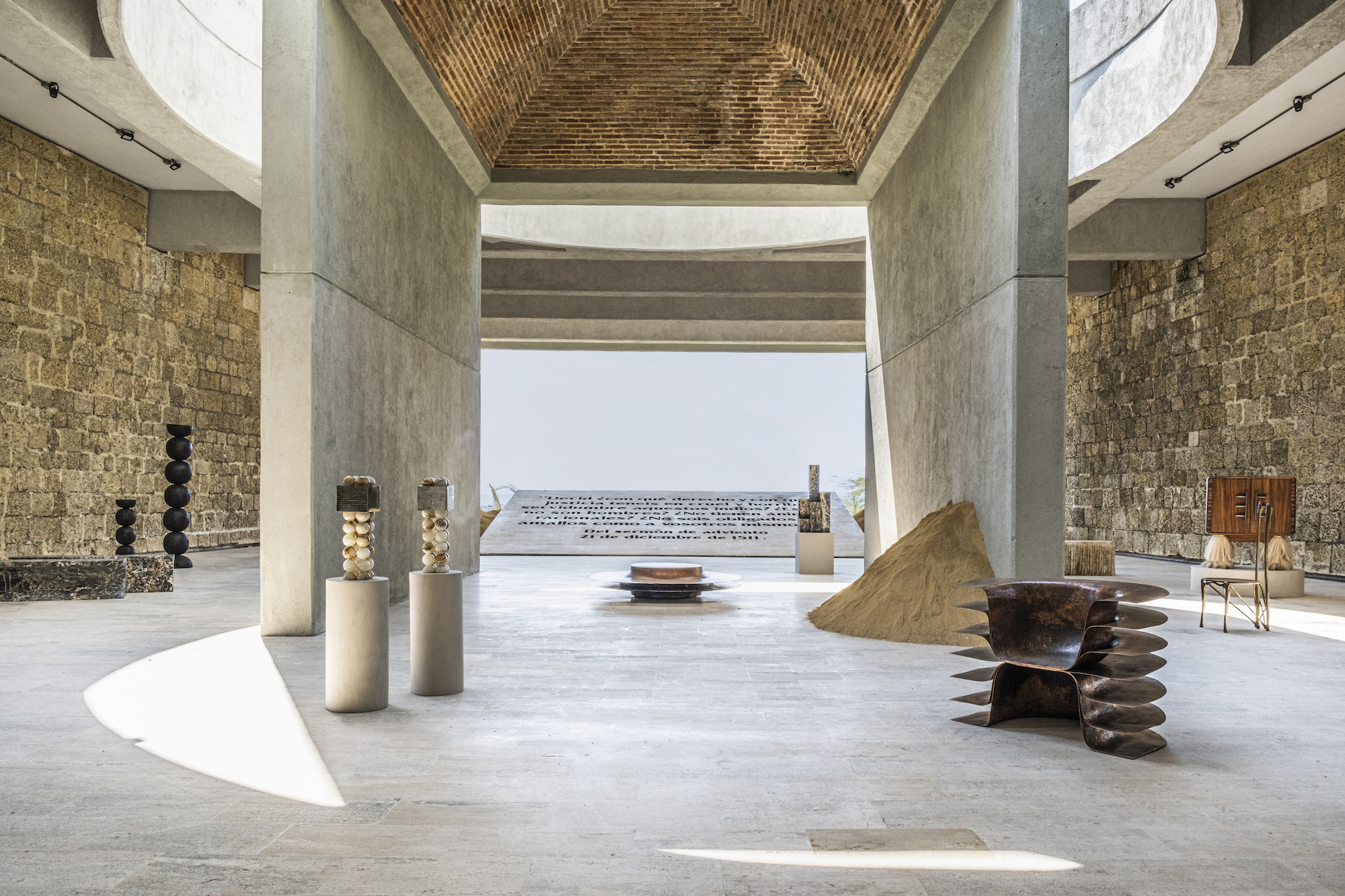
The name of the gallery can be traced back to Ygaël’s philosophical background – he studied philosophy, literature and political sciences, and has a PhD in political theory. It comes from his love for Aristotle’s seminal book Nicomachean Ethics, in which the author discusses different types of friendship. “Philia is a type of affection where the two parts are symmetrical,” explains Ygaël. “There is a reciprocity between two people. This is extremely interesting to me as we are trying to create a community through our friendships with the artists.”
The name is not only a reflection of the equal footing of the gallery and designer relationship that Galerie Philia champions, but can be seen as a comment on the gallery’s unique aesthetic that explores the tension between Brutalist and organic forms. “It’s kind of an oxymoron to contrast Brutalism and organic design, but they are two styles of design that I love,” says Ygaël. “The juxtaposition of organic, irregular pieces and minimalist, futuristic pieces is extremely interesting to me because it’s the underlying contrast you can find in everyday life – these two radical realities are part of our complex lives.”
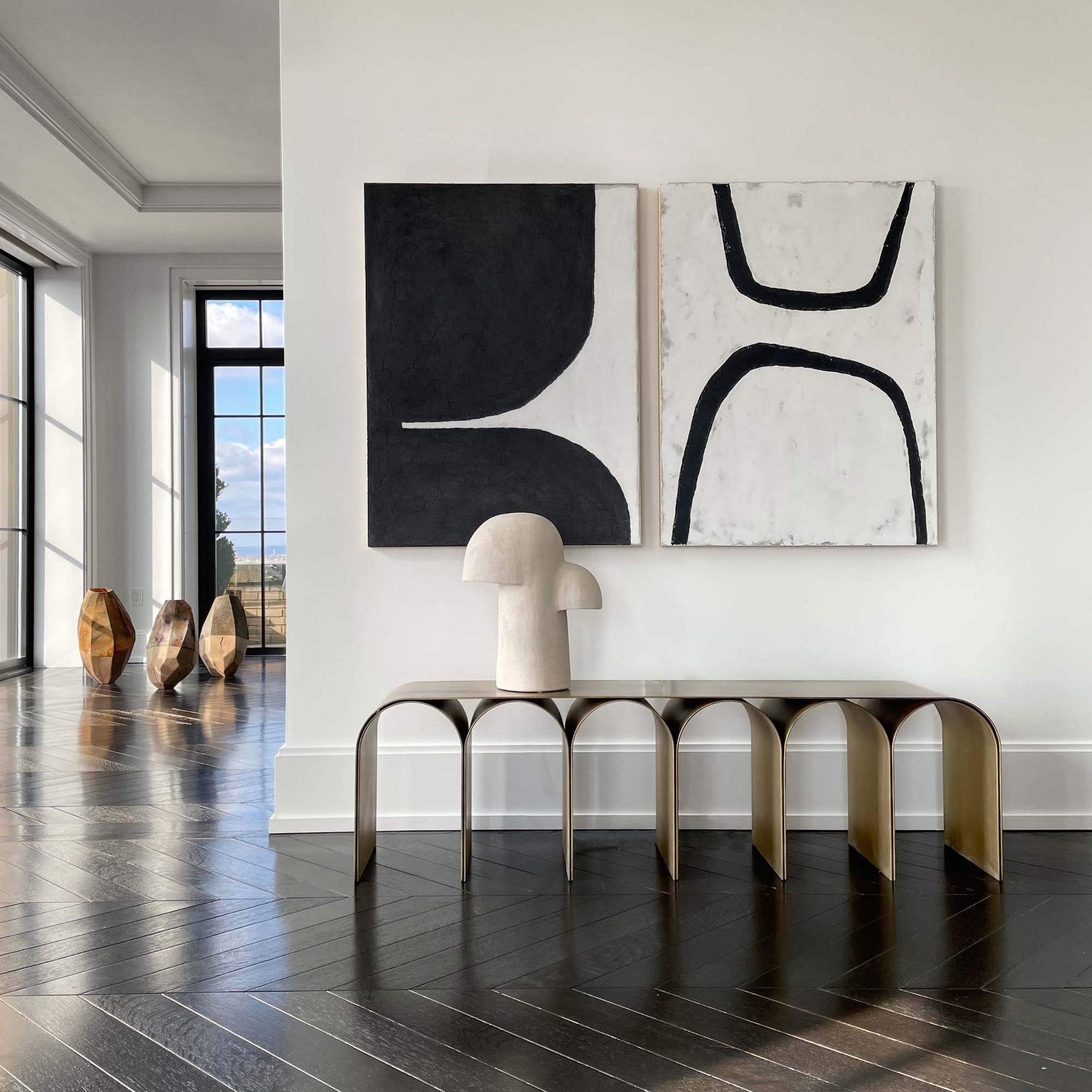
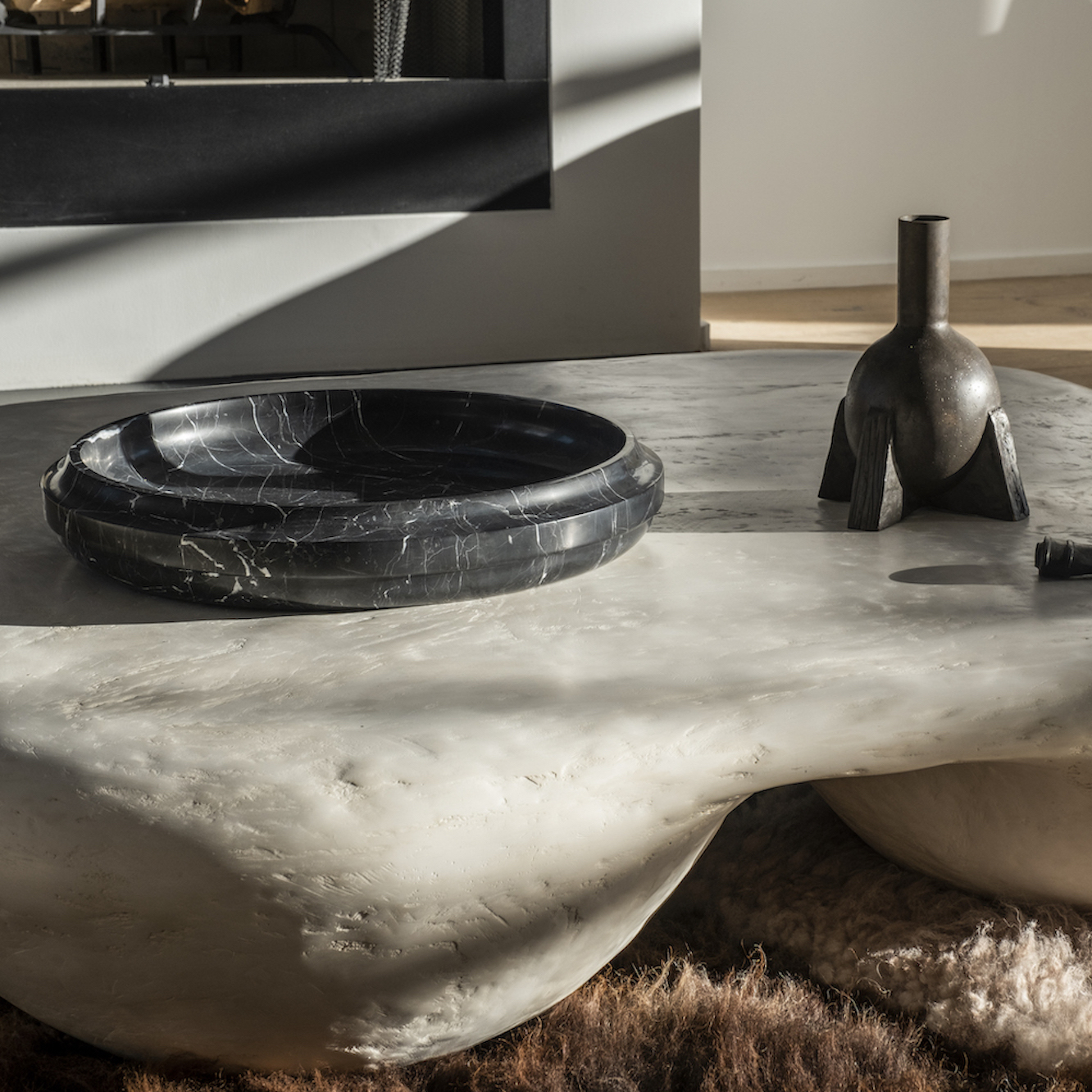
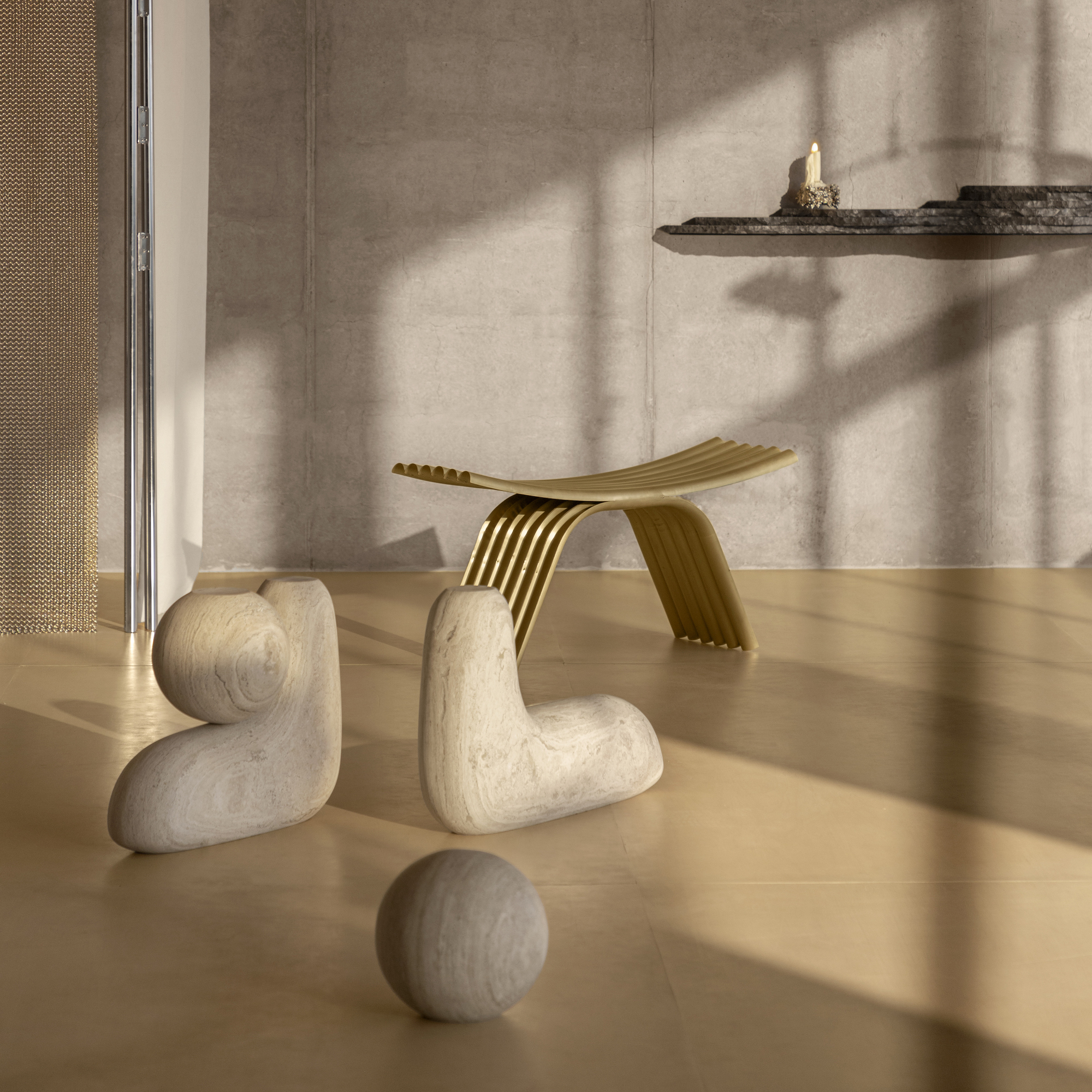
While some artist’s work is defined by either organic or Brutalist style, many of them explore the point of tension between the two. Take, for example, the sculpturally expressive yet minimalistic work of Australian designer Henry Wilson, who has been represented by Galerie Philia since the early days of his career; or the bold geometric language of Italian designer Pietro Franceschini, which celebrates a single material in monolithic form.
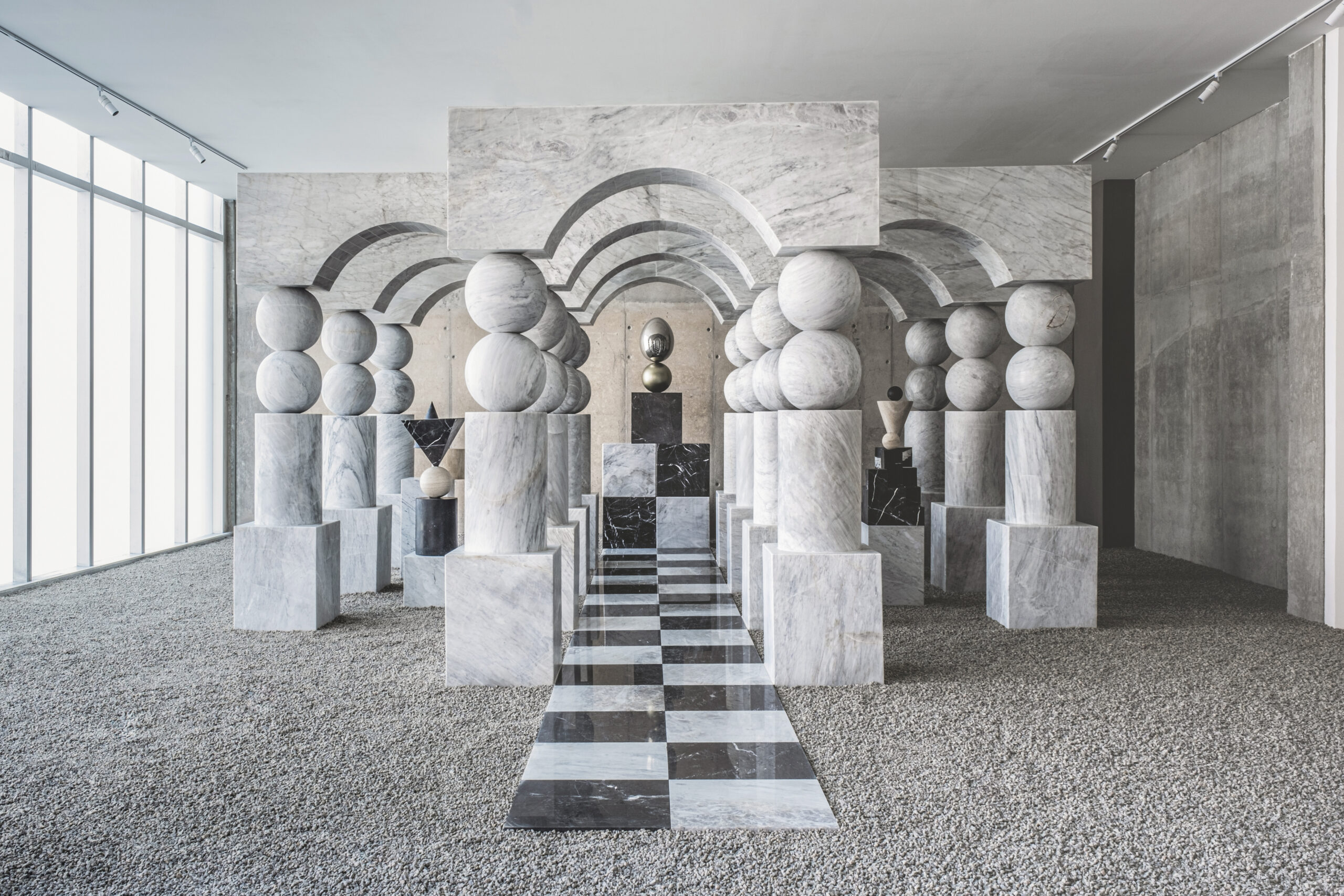
Of the four Galerie Philia spaces, it’s the New York gallery that is the most important. While the other three are more conventional showroom spaces – with contemporary paintings shown alongside the design work in the Singapore showroom – the New York gallery is an elegant penthouse in Chelsea that is more akin to a private home. “It’s really intimate,” reveals Ygaël. “We want people to enjoy a private visit, have coffee with us, and be able to explore the work.”
We are trying to create a community through our friendships with the artists.
Ygaël Attali
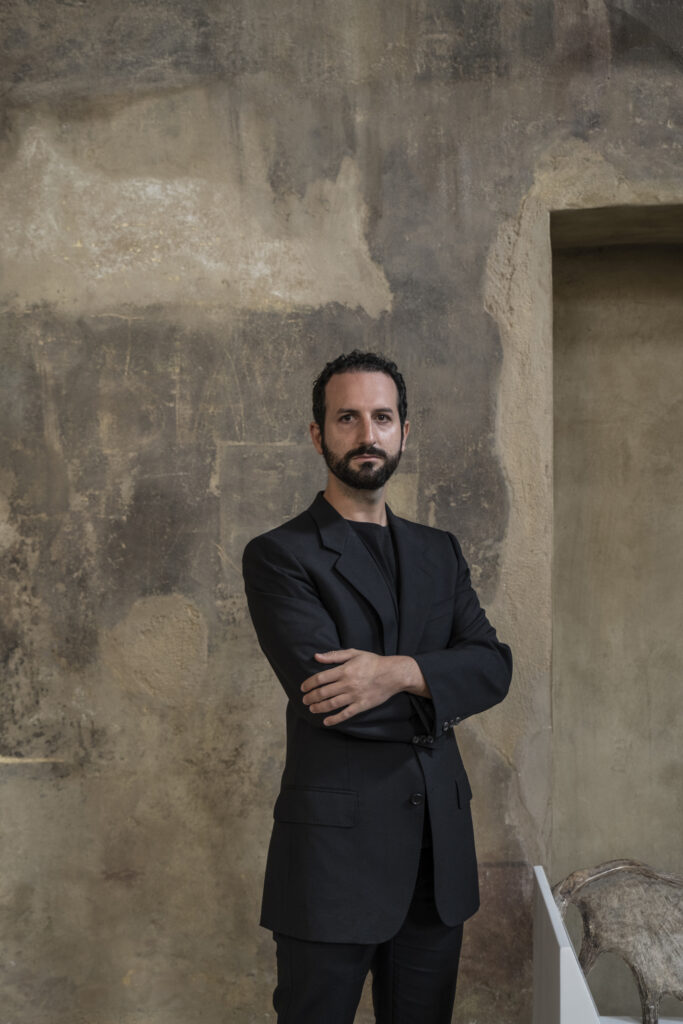
Each year, the penthouse gallery plays host to four seasonal exhibitions, each with a different theme. The next exhibition, for example, focused on introducing European ceramicists to the US, and was the first time many of the artists have exhibited stateside.
Previous exhibitions have been more philosophical than discipline-driven – such as the trilogy of exhibitions that has played out at Milan Design Week over the past three years, all of which explored ideas of the sacred. In 2021, the exhibition created a dialogue between the work of Rick Owens and emerging Italian designers, using a post-apocalyptic aesthetic to delve into the mystical and the relationship between the ancient and contemporary ages; the 2022 exhibition, Temenos, was inspired by the circular dimensions of ancient sacral monuments; and this year, the work focused on a theme of the desacralised, taking inspiration from objects which formerly had religious associations and have now become solely functional.
“We commission work for each theme,” says Attali. “We want the artists to think about what that theme means for them, how they understand it, and how they could conceive that question as a piece of design. I want to feel something when I see their work. I’m not asking the artist to create an overly complex theory, but I want to see reflection behind the piece. That’s very important.”
With this approach, each piece of work is driven by the artist’s own interpretation of the theme, and the results are often strikingly diverse. The most recent Milan exhibition, for example, was centred around an enormous, sculptural yet minimal chandelier by Morghen Studio that allowed viewers to consider the significance of the chandelier throughout history and the transformative power of light. Elsa Foulon, meanwhile, took a similarly minimal yet much more organic approach, using seashell forms to create abstract light sculptures that reference Christian iconography.
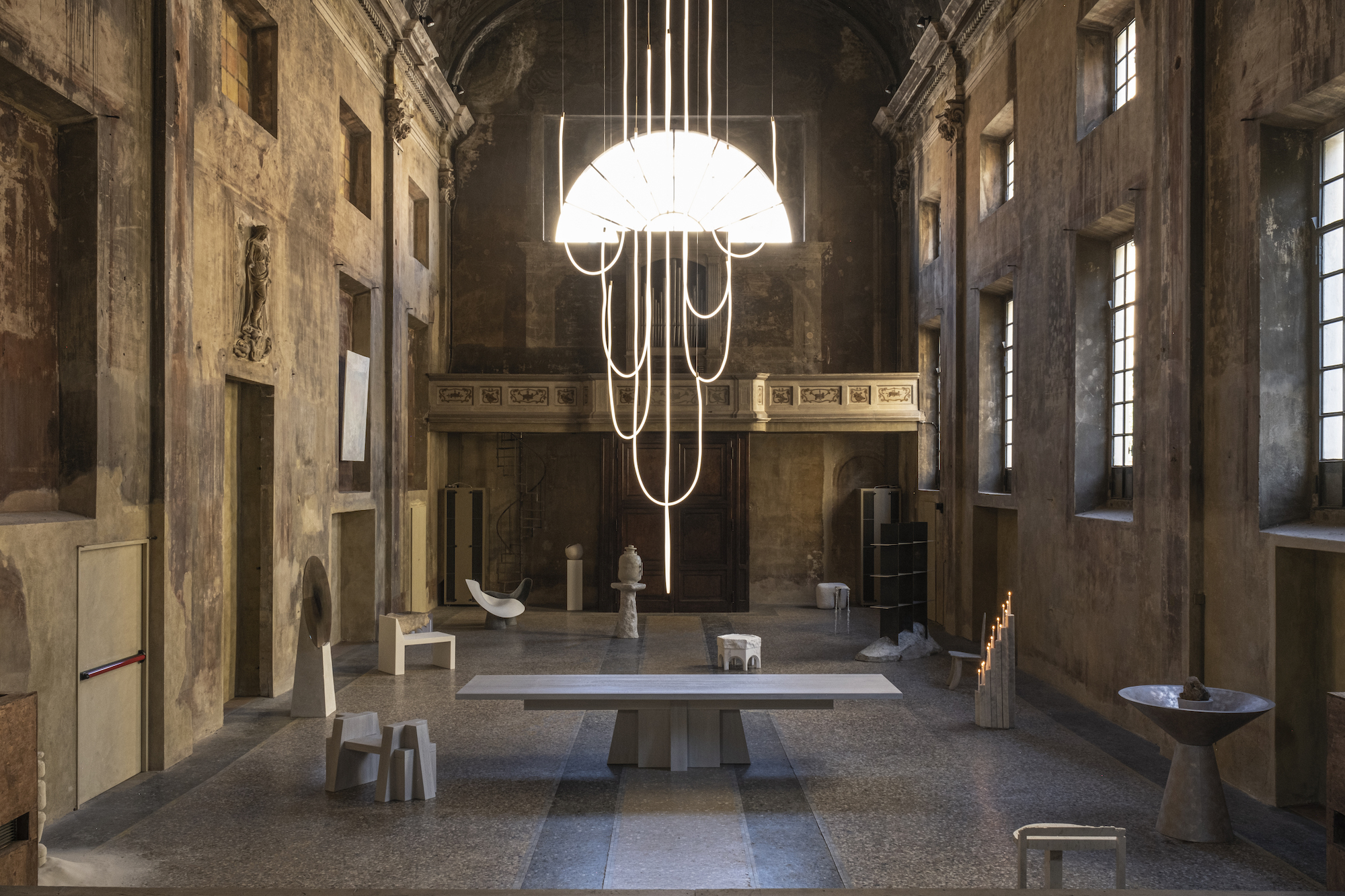
At other times, the artists develop ideas or concepts individually that they want to explore and Galerie Philia helps to bring that vision to life by connecting them with clients or commissioning a piece. “It’s an open dialogue,” says Ygaël. “We have worked with many of our designers for years, and these conversations have turned into long stories.”
For a gallery that thrives on community, the pandemic was a significant blow. Ygaël and his wife retreated to Le Sauvan, a secluded village in the south of France. Here, they discovered a new kind of inspiration, one born of intense connection to place. In 2020, when restrictions eased, they extended an invitation to the artists they work with to come together once again and create a special collection of work inspired by local materials such as oak, boxwood, limestone, wheat, and cherry wood.
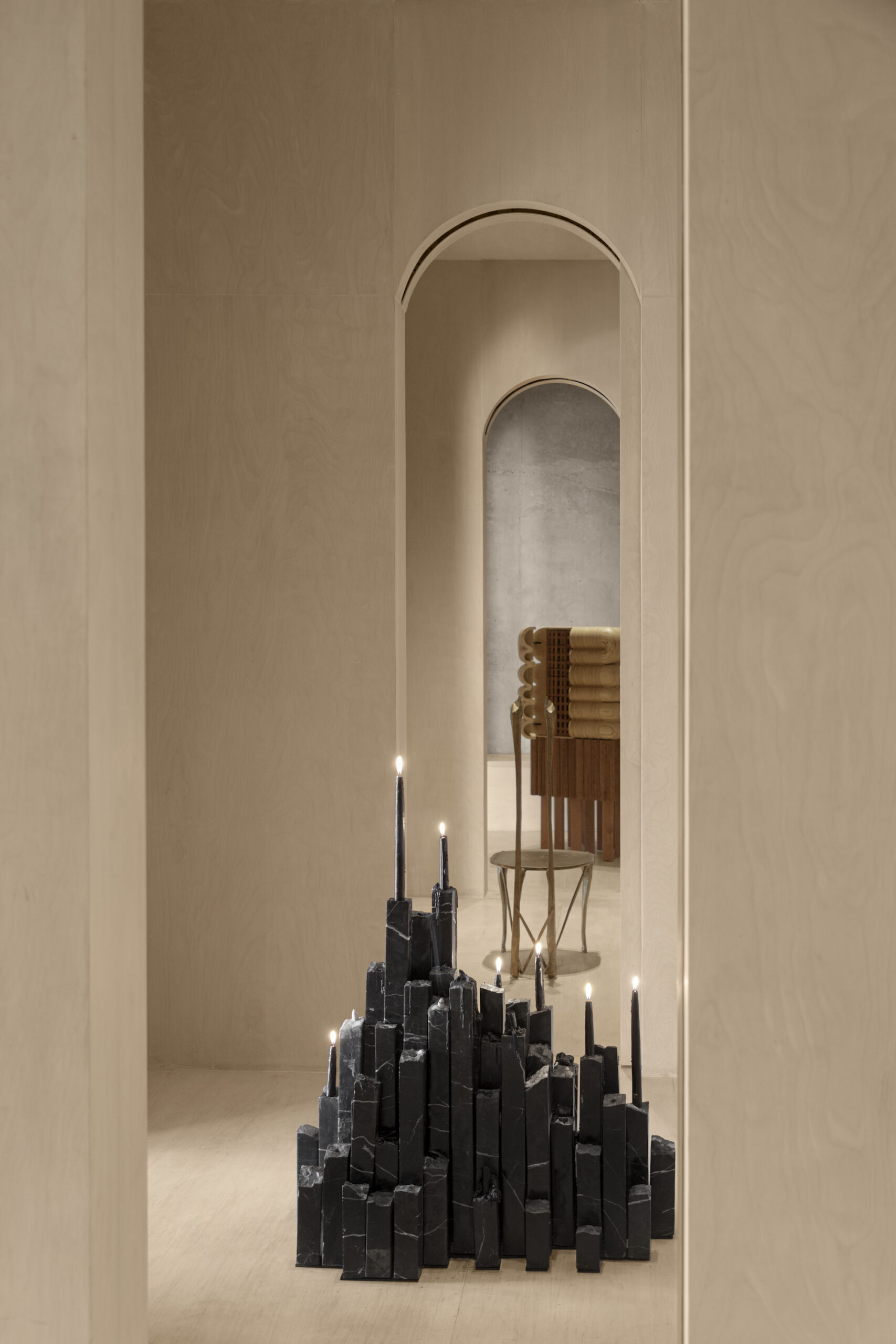
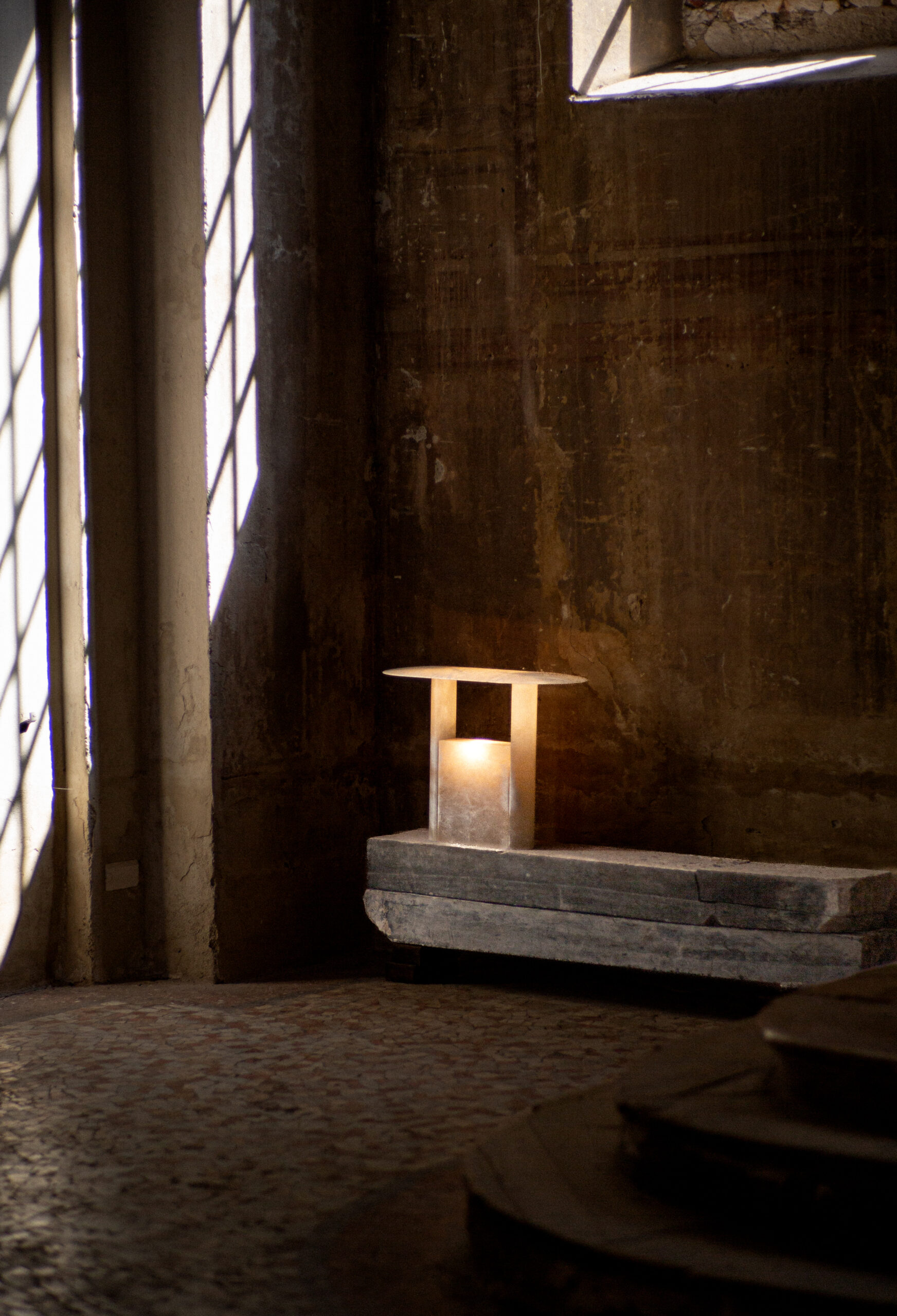
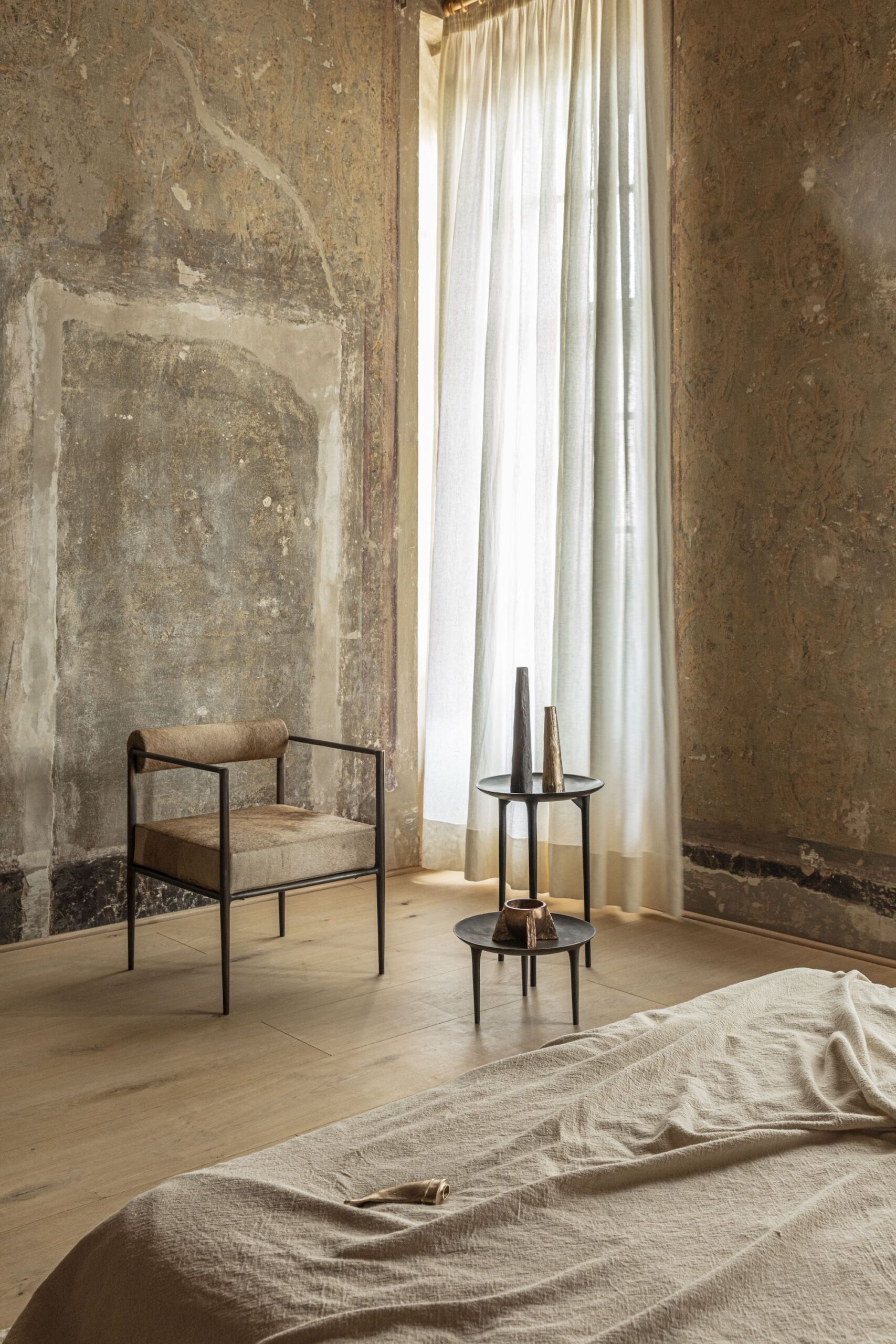
The exhibition at the neighbouring Château de Barjac was such a success that the residency has become an annual undertaking. The second took place in a palazzo in Florence, and the third is scheduled to take place later this year in Cappadocia, the Turkish region famous for its towering stone “fairy chimneys”.
The world of design that Galerie Philia operates in is undoubtedly a luxurious one, and pieces often cost tens of thousands – refreshingly, prices are transparently listed on the gallery’s website. But, just as the gallery has challenged perceptions of value in design, it is challenging the notion of the creative industries as insular. To this end, the gallery runs workshops with children called Philia Kids. Each year, the not-for-profit initiative works in collaboration with designers to inspire, connect and engage children with design.

The inaugural edition brought drawings of furniture imagined by children at Breil-sur-Roya primary school in France to life in collaboration with Antoine Behaghel and Alexis Foiny from Studio Behaghel Foiny, with the results exhibited in Paris. “Creativity is open to everybody and we want to show kids that you can create with local materials – it’s an adventure,” says Ygaël. “In a class of 30, if even one kid takes something from it and becomes involved in the creative industries one day that is a victory. For me, the greatest joy is to see artists developing. And, I want to keep doing the residencies and the projects with kids. Every year we’re trying to be better at what we do and we want to keep doing the things we are passionate about.”
Read more: Gallerists | Interiors | Design | New York | Mexico | Asia



